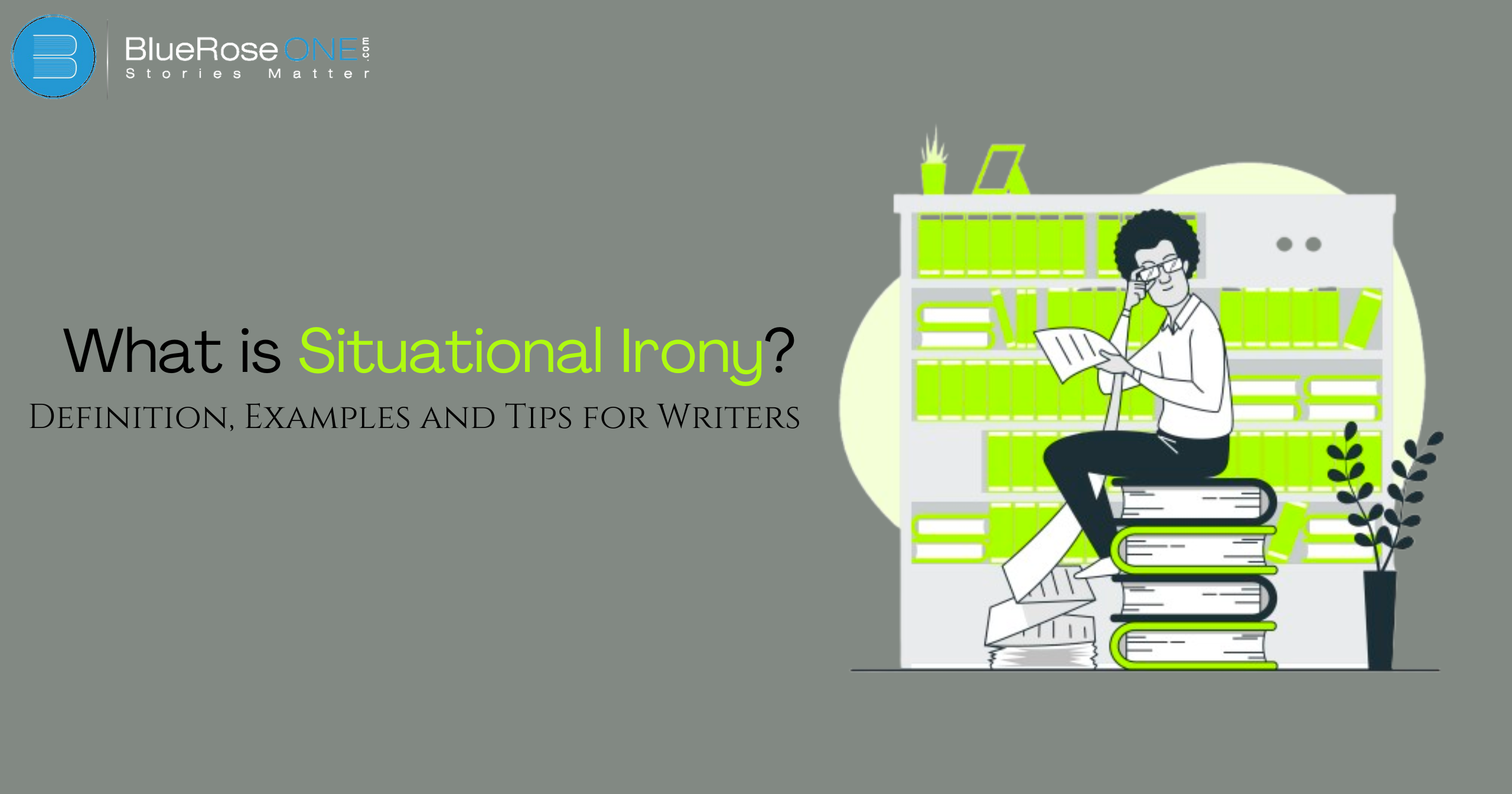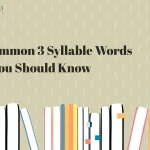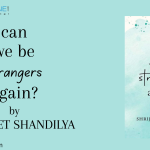Irony is a fascinating literary element that challenges readers’ preconceptions, leaving them intrigued and occasionally perplexed. Situational irony is distinguished from other forms by its potential to produce unexpected twists. Situational irony, whether it’s a fire station on fire or a lifeguard drowning, surprises us by turning our assumptions upside down. Let’s delve deeper into this fascinating notion and see how you may apply it in your writing.
What is Situational Irony?
Situational irony occurs when circumstances take an unexpected turn that contradicts expectations. For example, a fire station burning down is ironic because you would think it was the safest place against fire. This form of irony produces shock, humour, or deeper significance in stories. Situational irony is frequently used by writers to interest readers and highlight themes, making it an effective storytelling tool. It engages audiences by confounding their assumptions.
You may also like: How to Publish a Book? | Publish Your Book | BlueRoseOne
Key Elements of Situational Irony
Unpredictability: Unpredictability is an important element of situational irony, as it feeds on unexpected or opposing consequences to what the audience or characters expect. This twist tests assumptions and provides a sensation of surprise, which can lead to laughter, astonishment, or deeper introspection. For example, a fire station burning down is ironic because it is the last place you would anticipate a fire to occur. Writers can utilise unpredictability to keep their stories interesting and to inspire readers to think critically about happenings.
Contradiction: Contradiction is an essential component of situational irony, in which events unfold in ways that clearly contradict what is expected. This collision of expectation and reality results in a startling twist, which frequently adds depth and intrigue to a story. For example, a fire station burning down is ironic because it contradicts its mission of preventing fires. Writers utilize contradiction to challenge preconceptions, elicit emotions, and push readers to reconsider results, making the story more engaging and thought-provoking.
Examples of Situational Irony in Literature
“The Gift of the Magi” by O. Henry
- A couple sacrifices their most prized possessions to buy gifts for each other, only to find the gifts are now useless.
“Romeo and Juliet” by William Shakespeare
- The tragic ending where Juliet awakens moments after Romeo takes his own life.
You may also read: What is Upfront Fiction? Definition, Traits and Examples
Difference Between Situational, Dramatic, and Verbal Irony
Situational Irony: Situational irony arises when the actual conclusion of a situation differs dramatically from what was expected, resulting in an unexpected twist. For example, a firefighter’s house burning down is ironic because it contrasts with their profession. This is distinct from theatrical irony, in which the audience knows something the characters don’t, and verbal irony, in which someone speaks the inverse of what they intend. Situational irony surprises both the characters and the audience, making it an effective storytelling device.
Dramatic Irony: Dramatic irony happens when the audience understands something that the protagonists in a story do not. This creates tension since viewers or readers anticipate how the character will respond once they learn the truth. For example, in Romeo and Juliet, the audience knows Juliet is alive while Romeo believes she is dead. This cognitive gap exacerbates the emotional impact. Unlike situational irony, which surprises everyone, dramatic irony is dependent on the audience’s comprehension of hidden elements.
How to Use Situational Irony Effectively
Build Expectations: To employ situational irony effectively, set clear expectations for your audience. Establish a scenario in which the ending appears foreseeable or rational, giving people confidence in what will happen next. This setup is critical because the ironic twist works best when it defies readers’ expectations. For example, in The Gift of the Magi, both characters give up their most valued possessions only to discover that their gifts are no longer useful—an unexpected but powerful turn of events.
Be Subtle: When applying situational irony, keep it subtle. The surprise or unexpected twist is what gives irony its impact, but it should not feel forced or overblown. Allow readers to connect the connections themselves rather than explaining them out. For example, a fire station burning down can be humorous, but irony works best when it flows naturally from the narrative. Subtlety helps to retain reality and keeps readers interested without feeling manipulated.
Stay Logical: For situational irony to succeed, it must be plausible and make sense inside the tale. Even if the viewer is surprised, the unexpected result must be consistent with the plot and characters. For example, if a firefighter accidently sets a fire, it is ironic but understandable given that they work with fire every day. Avoid twists that appear random or forced, as they may confuse readers. Instead, create irony that fits seamlessly within your story’s setting.
You may also read: What is the fourth person point of view? An Essential Guide
How to Spot Situational Irony as a Reader
Situational irony arises when the actual outcome is the inverse of what is expected, resulting in a surprising or amusing twist. As a reader, seek for occasions when the characters’ plans or preconceptions result in unexpected events. Pay attention to differences between actions and outcomes, or how events violate conventional wisdom. For example, if a fire station burns down, it is ironic because it is the last location you would expect to see a fire. These twists frequently provide depth and excitement to a story.
Situational Irony in Famous Quotes and Sayings
- “The only thing I know is that I know nothing.” – Socrates
- “Isn’t it ironic… don’t you think?” – Alanis Morissette
The Psychology Behind Situational Irony
Situational irony operates by challenging our expectations and surprising us with unexpected results. People are predisposed to predict events using patterns and logic. When reality defies expectations, such as a fire station catching fire, it provides a sense of surprise and humour. This irony frequently causes us to pause and ponder on life’s unpredictability. Writers use it to captivate readers, providing complexity and excitement by demonstrating how events do not always go as planned.
You may also read: What is Plot Structure? Definition with Examples
Challenges Writers Face with Situational Irony
Balancing Subtlety and Clarity: Balancing subtlety and clarity is a significant problem when employing situational irony. Writers must ensure that the irony is plain enough for readers to understand but not overly blatant. If it is too subtle, the intended meaning may be overlooked; if it is too obvious, it loses its impact. Striking the proper balance frequently entails carefully selecting words, naturally creating expectations, and disclosing the twist in a way that surprises while remaining plausible within the context of the story.
Keeping It Realistic: One issue for writers dealing with situational irony is making it feel credible. If the twist or surprise result is too farfetched, readers may get puzzled or disengaged. Effective irony is based on happenings that surprise while yet making sense within the story’s framework. For example, a firefighter’s house burning down is both sarcastic and realistic because it reflects their profession. To make the plot intriguing and relevant, writers should strike a balance between innovation and believability.
Conclusion
Situational irony is a potent technique in the hands of an experienced writer. It keeps readers wondering, provides emotional depth, and enriches storytelling. Mastering this approach allows you to startle your audience and make a lasting impact.
Frequently Asked Questions
Situational irony aims to surprise readers by delivering unexpected outcomes, often adding depth and intrigue to a story.
Sarcasm is a form of verbal irony meant to mock or convey contempt, while situational irony deals with contradictory outcomes.
Yes, overusing situational irony can make it predictable and lose its impact. Use it sparingly for maximum effect.
Its effectiveness lies in its ability to subvert expectations, creating emotional resonance and memorable twists.
No, situational irony can be tragic, poignant, or thought-provoking, depending on the context.















